Here at YPT we love a bit of odd geography and international politics, from borderlands and autonomous regions to unrecognised countries, terra nullius and of course micronations.
So it is that we’re pretty obsessed with the phenomenon of exclaves and enclaves, and we thought we’d write a handy little piece explaining the whole situation.
What is an enclave?
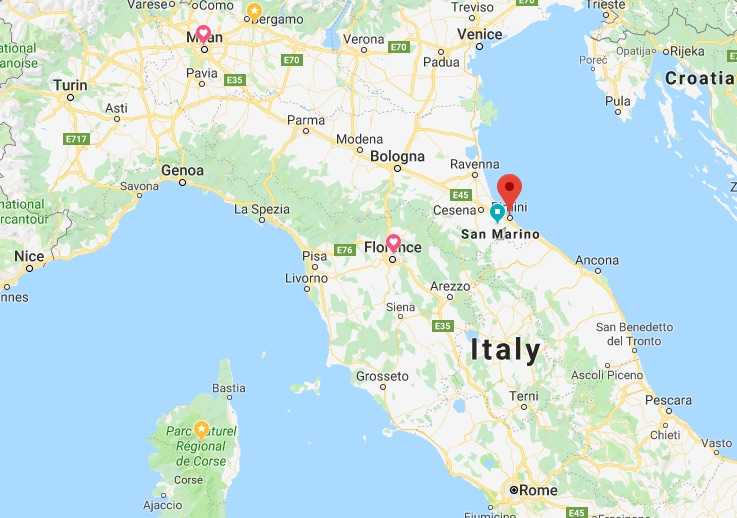
This question is fairly easy. An enclave is a territory completely surrounded by territory of one state. The most obvious examples are the nations of San Marino and the Vatican City, both enclaved by Italy, and Lesotho, enclaved by South Africa.
Enclaves can also be surrounded by the territorial waters of another state, so the Australian Torres Strait Islands are enclaves because they lie entirely within the waters of Papua New Guinea. They also count as exclaves, because they belong to a larger region, namely the Torres Strait Islands.
Tell me about exclaves then!
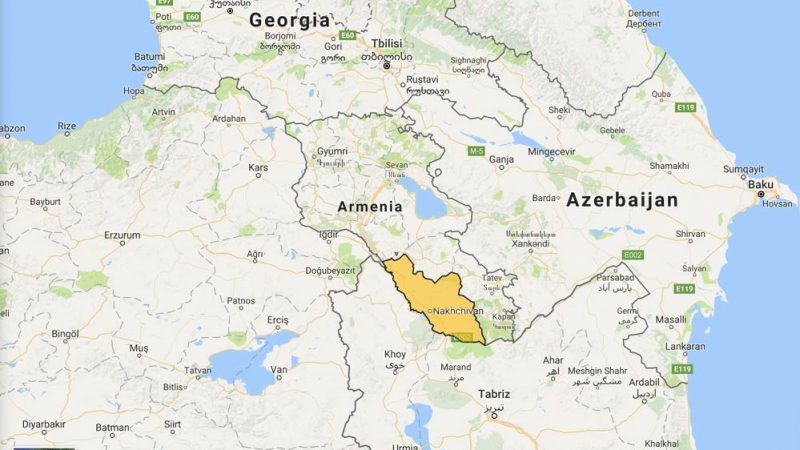
An exclave, on the other hand, is a territory that is separated from the main part of the state it belongs to, completely surrounded by more than one foreign state. The best example is the Azerbaijani exclave of Nakhchivan, which is completely separated from the main part of the country by Armenia, Iran and Turkey.
Ah but what about Kaliningrad?
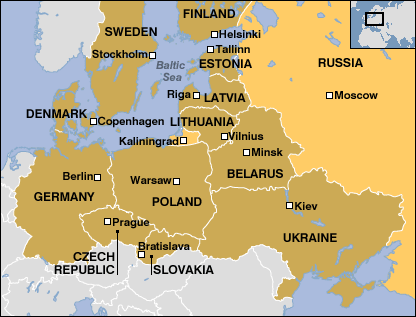
Well to be technical, Kaliningrad is not an exclave but a semi-exclave. This means that it is completely surrounded by a two different countries but also by the big blue wobbly thing we know as the sea.
Another great example of a semi-exclave is Cabinda in Angola, bordering the DR Congo, the Republic of Congo and the Atlantic Ocean, and of course French Guiana, a semi-exclave of France in South America, bordering Suriname, Brazil and the Atlantic Ocean.
So what on earth is a pene-exclave?
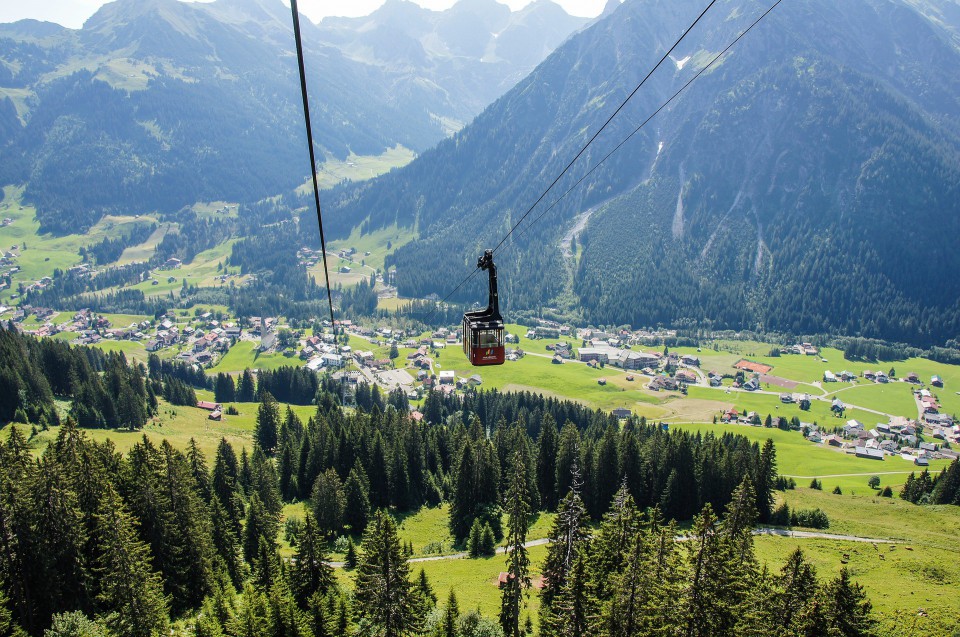
Great question. Well, a pene-exclave is a part of a country not separated from the main part of the country by state borders, but by annoying topography. So, Kleinwalsertal in Austria is a good example because it is only accessible from its neighbour to the north, Germany. However, some pene-experts believe that reaching it by sea without setting foot in another state’s territory also counts, in which case Alaska is also a pene-enclave, as is Northern Ireland.
The madness stops here yeah?
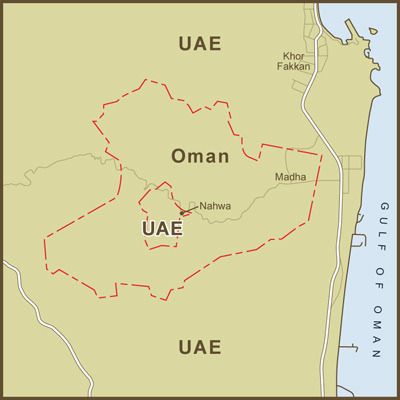
No, no it does not. We still need to mention enclaves within enclaves. It is entirely possible for one part of land to be separated from its nation’s main territory, thus making it an enclave, and then within that lies territory belonging to the aforementioned nation. The best example we have is the territory of Nahwa, belonging to the United Arab Emirates, which lies within Madha, belonging to Oman, which lies within the UAE.
This also makes Nahwa a counter-enclave, or second-order enclave, and Madha itself both an exclave and an enclave, naturally.
So, can you explain in one sentence what is the difference between an enclave and an exclave?
We’re impressed you’ve read this far! Basically, it’s all about the numbers. An enclave is surrounded by ONE territory, such as Lesotho, whereas an exclave is surrounded by MORE THAN ONE territory, such as Nakchivan which borders Turkey, Iran and Armenia.
Or, if you’ll allow another sentence, it’s all about perspective. If you’re Omani then Madha is an exclave of Oman in the UAE, but if you’re Emirati then Madha is an enclave.
Visit the true exclave of Nakhchivan or the semi-exclaves of Kaliningrad, Cabinda and French Guiana or the semi-enclave of Oecusse with YPT! Or join our Microstates of Europe Road Trip and see the Catalan exclave of Llívia and the Italian exclave of Campione d’Italia!





